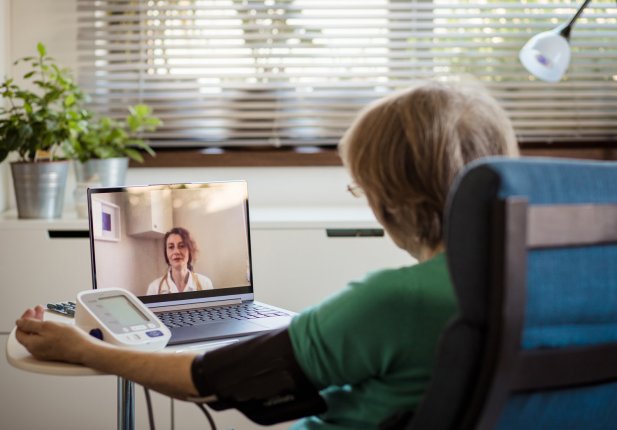
3 ways COVID-19 will change senior housing forever
Senior living experiences a reset in the midst of pandemic shifts
Like many industries, senior living is in the midst of careful reexamination of the care and safety of clients as well as staff in the midst of COVID-19. But the changes we’re seeing now for short-term risk management and public health are likely to be just the beginning. In fact, experts are looking ahead to how the changing public health landscape during this pandemic is actually shaping the future of the entire industry. It has become clear that there could be changes to senior housing that last long after coronavirus falls from the news headlines, with some changes becoming permanent fixtures.
Expected lasting changes in senior housing
So how is COVID-19 likely to change the senior housing industry forever? Let’s take a closer look.
1. Increased technology to control viral spread
Technology is bound to play a leading role as we emerge from this crisis. For building operations, we expect some huge shifts to address this (hands-free) pressing need. Here are some of the technologies we expect to be permanent changes in senior living facilities. The result: residents and staff will have fewer shared surfaces to touch, minimizing risk of spread.
- Voice-activated controls for lighting, appliances, phones and even elevators.
- Motion-activated lighting.
- Smart technology such as smart speakers.
- Secure, hands-free entry systems for buildings and individual residents’ doors.
- Motion-activated faucets and hands-free flushing.
2. Embracing alternative means of communication
Senior living communities will increasingly adopt remote communication technologies. This may include platforms like Zoom, FaceTime, Skype and others. In addition, we expect internal communications to get a boost as well, so residents can stay connected with one another. Telehealth initiatives, which allow for digital communication between health care providers and residents, can scale back in-person health care visits and reduce the risk of viral spread, while also providing a resident-friendly alternative to leaving their living space.
3. Smaller spaces will gain popularity
For many years, senior housing has included spaces for groups to congregate. We expect that trend to reverse now. While fears of social isolation are bound to continue, we now know the importance of having sufficient space for distancing and limiting viral spread. We expect reduced density, more compact living groups and smaller group settings for gathering, dining, and other needs. In addition, we see potential for increased access to the outdoors, even for individual spaces, with balconies and patios. This is bound to be an attraction even post-pandemic, as fresh air and sunshine are highly valued.
The changing face of senior housing is here
There is almost no industry that will exist on the other side of this pandemic crisis without major changes, and the senior living industry is no exception. However, many of the emerging changes we’re seeing can have lasting benefits for all, particularly for the health and safety of senior living residents. From more intimate gatherings, to new communications vehicles, to touch-free living solutions, these three changes to senior housing provide welcome improvements, as well as comfort and convenience for clients.